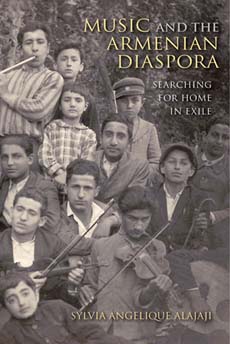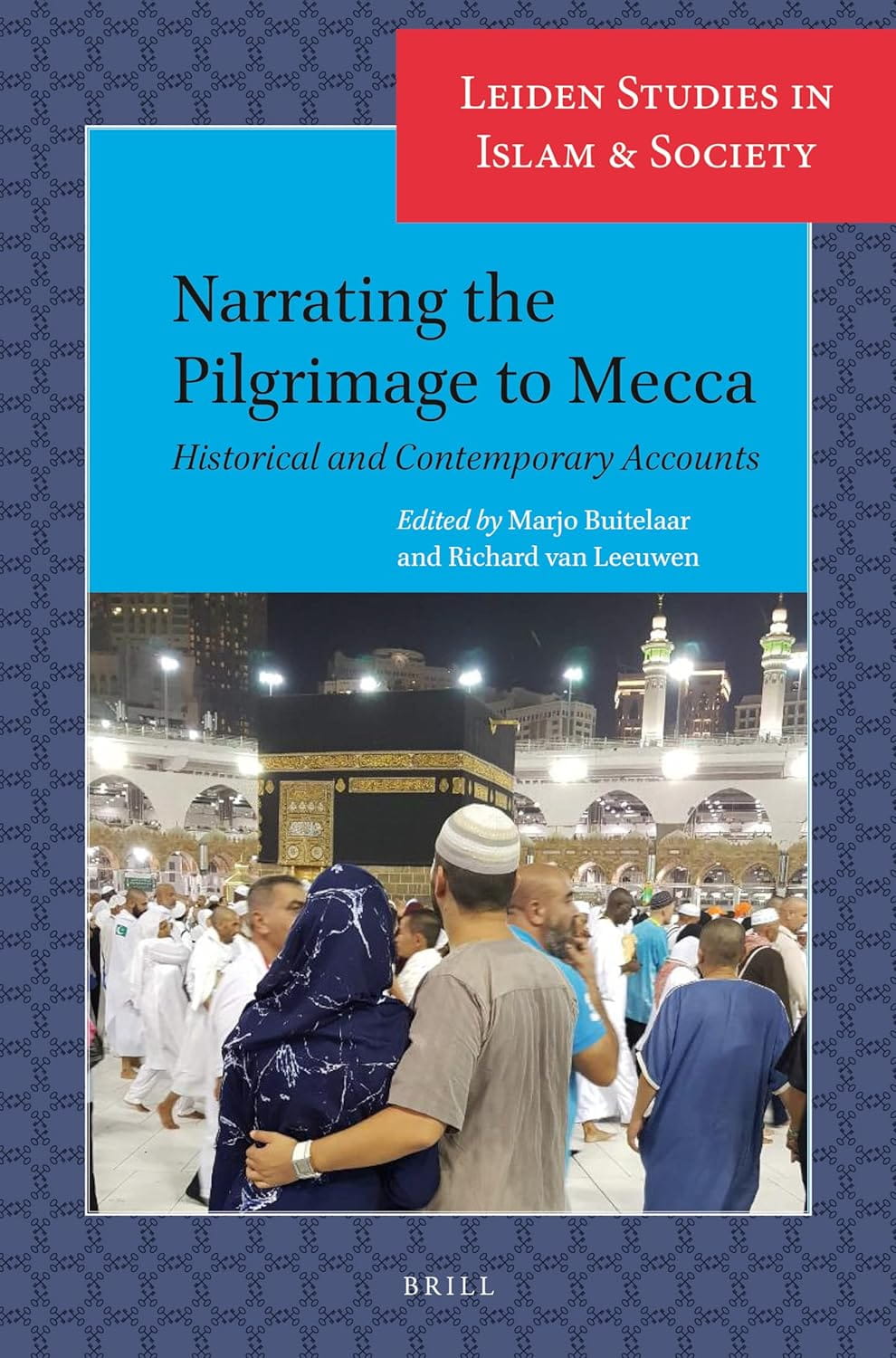
Music and the Armenian Diaspora: Searching for Home in Exile
Kay Campbell
Sylvia Angelique Alajaji
2015, Indiana UP, 978-0-25301-761-1
This engaging book explores the complex ways in which music embodies Armenian identity. Starting with the transcriptions of folksongs by Soghomon Soghomonian, or Komitas (1869-1935), considered the father of Armenian music, the author traces the sounds of Armenian communities in exile in the early 20th century. In the 1920s and ‘30s, New York’s restaurant and nightclub scene featured Armenian musicians performing folk and classical ensemble music of the Ottoman Empire and Turkish Anatolia in a style known as Kef Time. Meanwhile, émigrés in Beirut sang traditional and political songs in large choirs in Armenian. In the 1960s pop-music stars, led by Adiss, created a new style, Estradayin, bringing Armenian music to the wider world. Thousands of Lebanese Armenians moved to California during and after the Lebanese civil war, bringing their music with them. There, these disparate—yet linked—musical styles coexist (although the place of Kef Time in the genre remains controversial), reflecting the many ways Armenians continue to express their identity in music. The book provides links to 10 musical tracks that illustrate the music it discusses.
